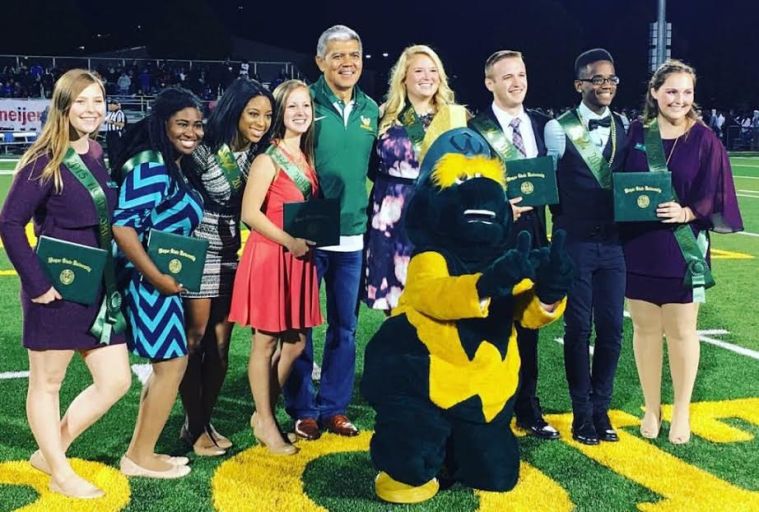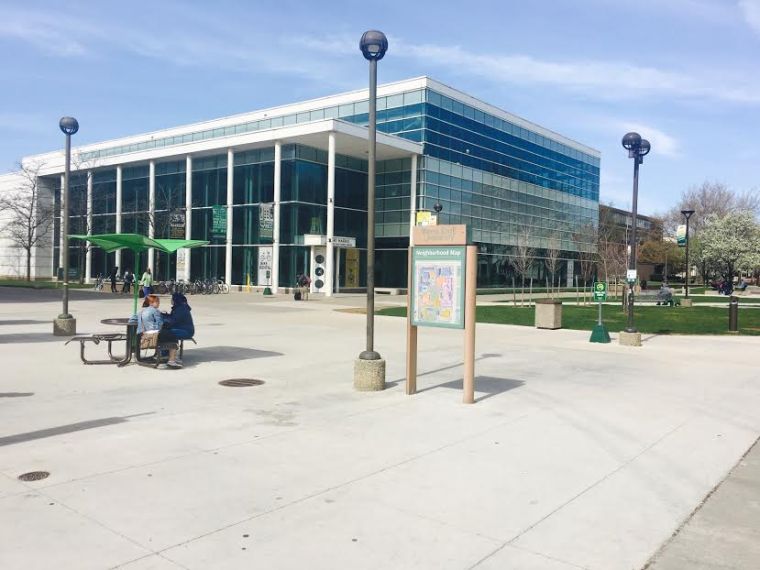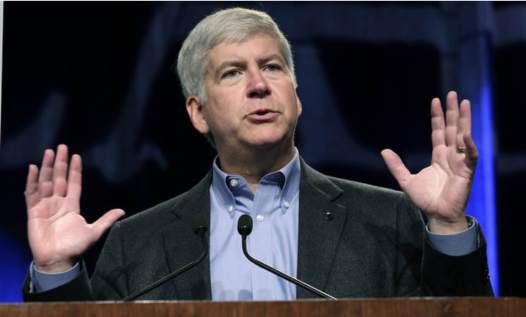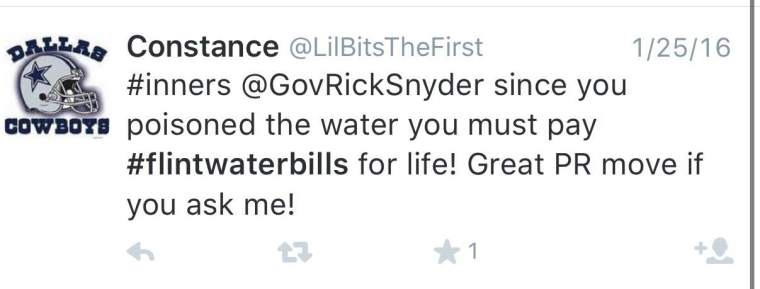Larry Wallace, Wayne State University Update 04/28/2016 EST 9:47 am
As time progresses, Wayne State University is striving for a gender inclusive campus to make students feel more included.

While encouraging students to aim higher, Wayne State University is also motivating people to support gender inclusiveness on campus.
The push for gender inclusiveness at the institution started in fall 2015, when WSU announced their first ever gender inclusive homecoming court.

WSU student and American Association of University women President, Kajun Lloyd said she believes that the gender homecoming court should be tradition that WSU aims to keep alive.
“I thought the whole idea of this year’s homecoming was great,” said Lloyd. It allowed more students to feel included and eliminated gender roles. I definitely think the revise homecoming court should be one that stays around for years to come.”
However, Lloyd do believes that there are a few adjustments that can be made to the gender inclusive homecoming court.
Aside from the homecoming court, during fall semester, students were introduced to a brand new student center, which came a long with gender neutral restrooms on every floor. However, some believe that there should be gender inclusive restrooms in every building.
WSU alumna and transgender woman Ahya Simone, believes having gender neutral bathrooms at every location on campus will make the transgender community feel more included on campus.
“Honestly, I think Wayne State should have been pushed the gender inclusive restrooms on campus,” said Simone. “ Because for the longest time, even when I went here, so many trans students felt left out because they couldn’t use the bathroom that they wanted. But now since there are gender inclusive restrooms, I think trans students won’t feel like outsiders.”
Dean of Students Student Activities Coordinator, Jamilah Jackson also believes that there should be gender inclusive restrooms at other locations on campus.
However, Director of Office of Multicultural Student Engagement Dr. Leonardo Savala believes that the university is making progress with the gender inclusive restrooms inside of the new student center.
Below is a map that displays the one place on campus (student center) where students have the option to use a gender inclusive restroom.
Recently, the Mort Harris Recreation center published a press release informing students that there is no changing in the gym’s restroom. In fact, all changing must be made in either the male or female locker room. Some believe this is problem, because the gym does not offer gender inclusive restrooms or locker rooms for students who do not identify with their birth sex.

Ashton Niedzwiecki, WSU’s current GLBTA President, said he thinks the Mort Harris should definitely provide gender inclusive locker rooms.
“I think gender inclusive locker rooms are a great idea,” said Niedzwiecki. “Hell if you don’t want students changing in the bathroom, inside of a stall, then you should provide them with a locker room that they actually feel safe and comfortable changing in.
Director of Campus Recreation Christy Nolan said that there has not really been a push for gender inclusive restrooms and locker rooms to go inside the university’s gym.
“The Mort Harris Recreation center is a pretty new building,”said Nolan. And throughout the years of me working here, no has really advocated to add gender inclusive restrooms or locker rooms at this location.”
Lastly, WSU has just initiated a new gender inclusive housing option, which allows students to live at either Chatsworth, Deroy or University Towers with the opposite sex.

Simone said this is great because when she was attending WSU, the housing department constantly paired her with male roommates and it made her experience living on campus a bad one.
“While I was attending Wayne State, the housing department kept pairing me with male roommates, even though I said I felt very uncomfortable,” she said. “So every single male roommate I had, I did not get along with. I did not enjoy living on campus until I had the chance to get a single room.”
While a lot of people believe WSU has done a great job their gender inclusive movement this year, some students like Jame Mallare thinks that there are still some improves needed to be made to make more students feel included.








